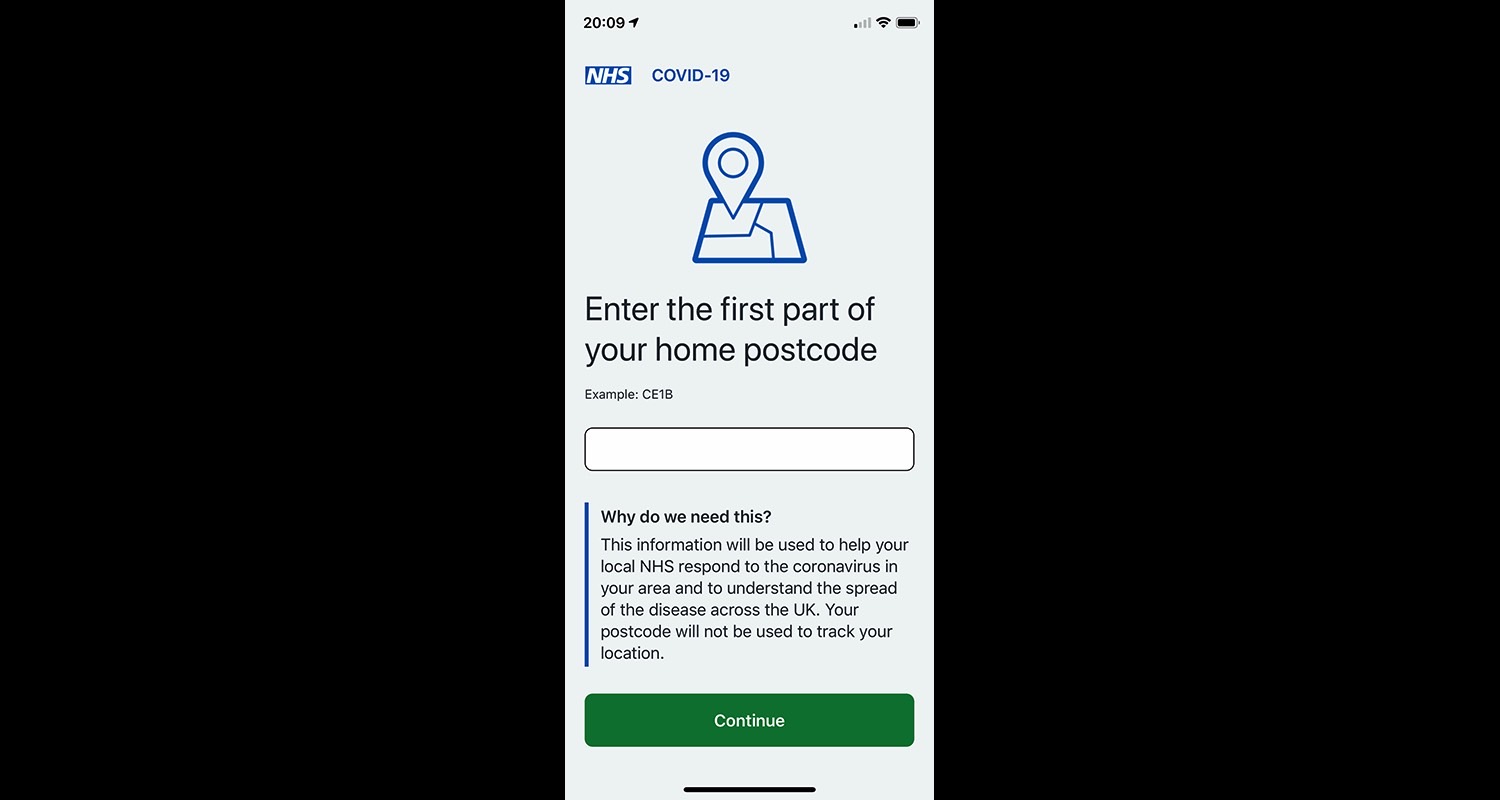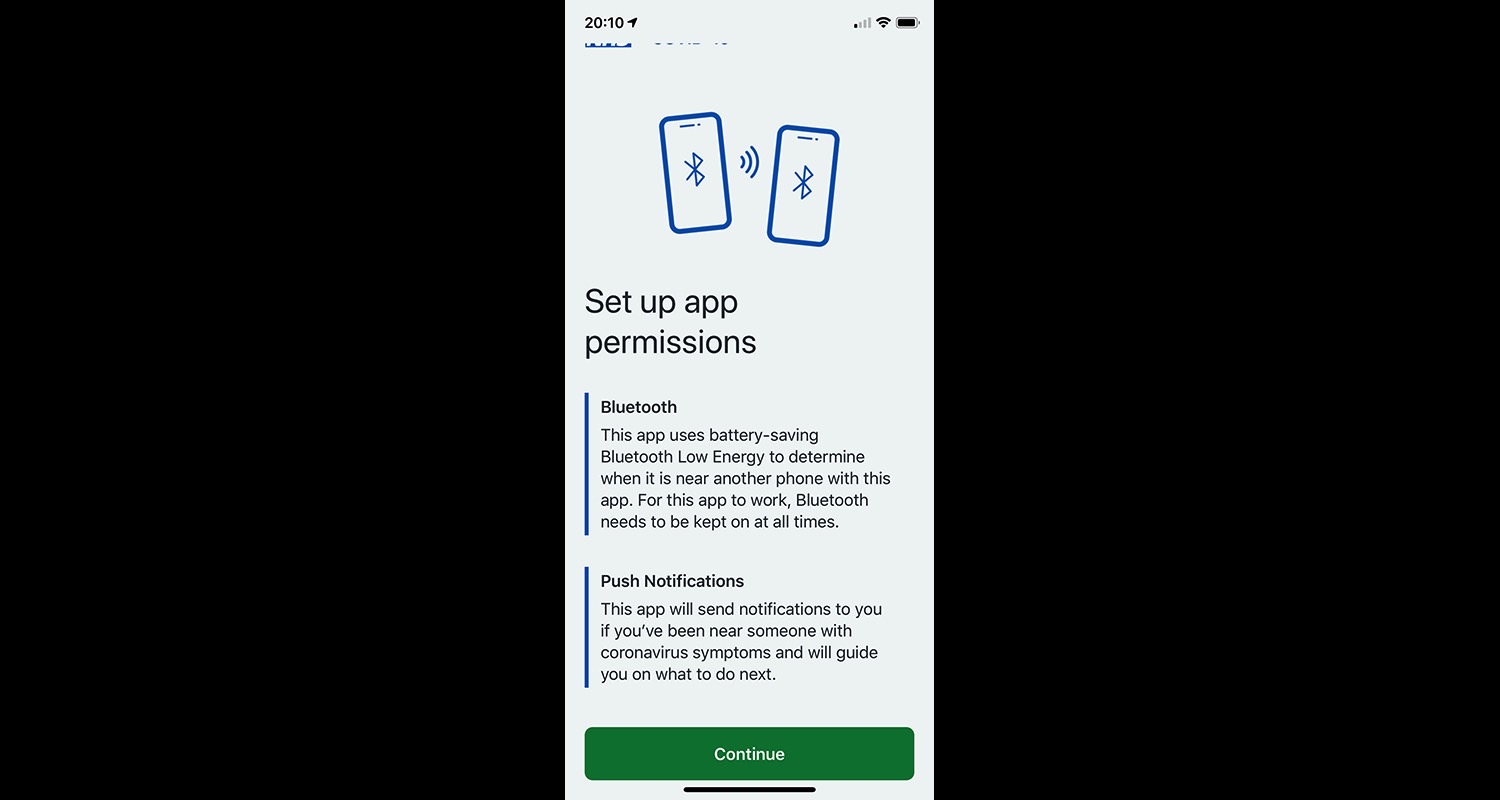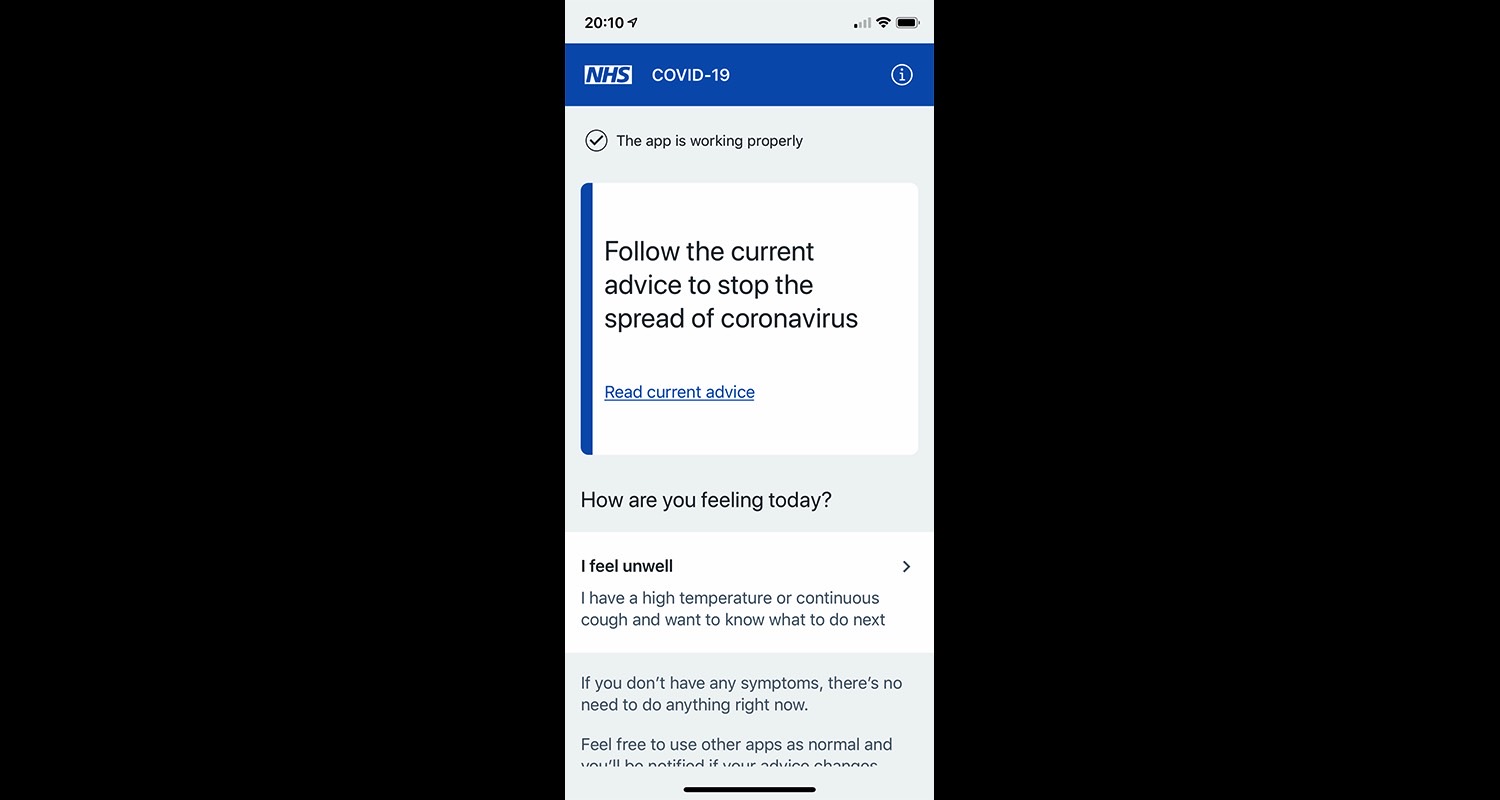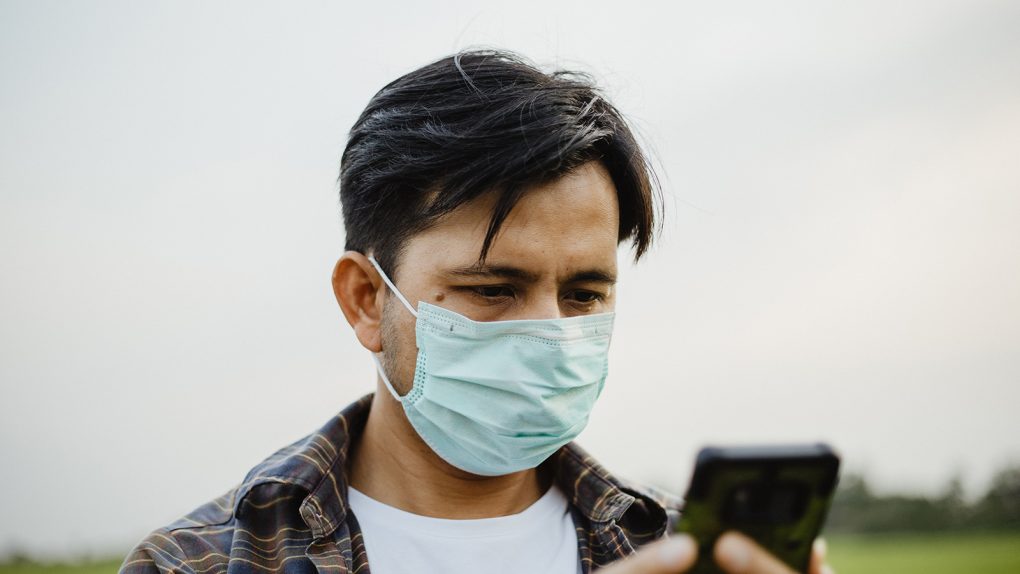- Britain’s National Health Service has released the coronavirus contact-tracing app that it built without the Apple-Google API.
- The NHS tracing app is currently in testing in the Isle of Wight before being deployed more widely.
- The app has been criticized for requesting location data, and might not always work as intended.
- Visit BGR’s homepage for more stories.
Aggressive testing and strict contact tracing are two things every country should do to limit the spread of an infectious disease like the novel coronavirus. Some of them proved how well that can work, including countries like Germany, Iceland, New Zealand, and South Korea. Others, like America, Italy, France, Spain, and the UK, failed to do it, which explains the high number of cases and death rates in those regions. Germany’s aggressive testing also showed a major COVID-19 caseload, but the country was able to keep the death toll much lower than other European countries.
Consistent testing and contact tracing have to continue once social distancing measures are loosened, and economies start opening up. That’s the only way to prevent future outbreaks, catch new cases early, and reduce the number of deaths by treating patients sooner. Apple and Google have created a standard API that would allow countries to build tracing apps that work on iPhone and Android while protecting the privacy of the user. But countries like France and the UK have their own plans for tracing COVID-19 patients. Now Britain’s NHS has released its app, which is available on iPhone and Android.
The NHS wants to collect a lot of user data. The argument is that scientists could collect more data from users, which can be used for future research. That’s why the NHS went its own way — the NHS’s contact tracing doesn’t respect the same privacy principles as Apple and Google had planned for their API.
The main problem with the app is that it might not always be able to establish a Bluetooth handshake between devices because the app needs to be on-screen for that to happen. 9to5Mac explains:
That means that if I’m sat next to you checking my email while you are playing a game, neither of us will receive Bluetooth codes from the other – meaning the app has no way to know that we were in close contact. In contrast, apps built using the Apple/Google API will send and receive codes all of the time.
The Apple-Google API ensures that phones can talk to each other via Bluetooth no matter what happens on the screen.

The app has also raised privacy concerns about location data. An introductory screen explains what the app is, and then a second screen forces you to enter “the first half of your home postcode.” However, the NHS said in a blog post that the app won’t collect your location data, and the image above says the information is needed for the NHS’s ability to respond to local outbreaks.
You then have to allow Bluetooth access and push notifications for the app to work:

Once you’ve configured the contact tracing app, you’ll get a confirmation that “the app is working properly,” as seen below. But there’s no guarantee that the app will actually work.

In fact, the NHS is currently only testing the application on the Isle of Wight, which means it won’t actually work until the NHS starts rolling out the program more widely.
There’s one other issue that healthcare workers need to be aware of. They’ll have to turn off Bluetooth while at work to prevent false positives. The idea here is that doctors, nurses, and other medical personnel working with COVID-19 patients will be wearing personal protection equipment that will prevent transmissions. The same issue might affect apps built on the Apple-Google standard when they’re used in hospitals.
UK authorities might still switch to the Apple-Google API, new reports say. As for the Apple-Google standard, the two companies released concepts on how apps built on their API will work. Here’s what to expect.







